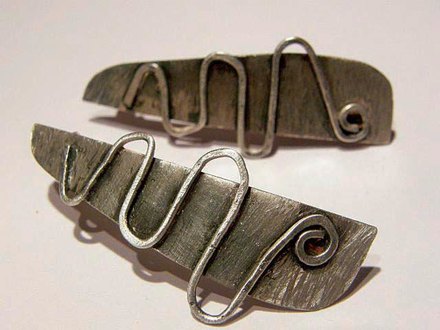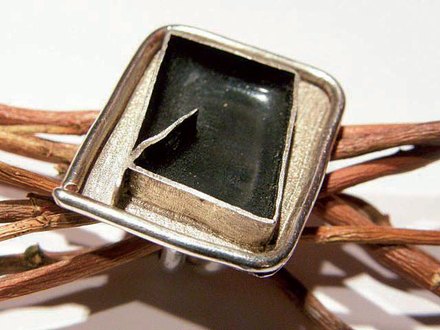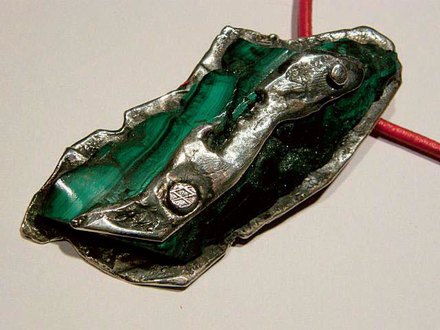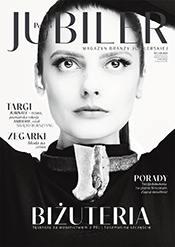In Polnad the art of applying silver has a long tradition. Stylistic and technological innovations have evolved hand in hand with the flow of art-historical and technical advances in other disciplines.

In more recent, industrial developments, the silversmiths in Poland evolved with the times, and in recent decades Polish designers of silver art once more reaffirmed the nation’s standing among the world’s leading silversmiths.
Silver in history
After 1945 has brought a variety of exploration and necessity. The possibility of rebuilding the country weren’t conducive to the formation of expensive jewelry. The most expensive material in the new situation became silver. Thanks to its privileged position silver gained importance and towered over other materials, all of which produced jewelry, such as copper, brass, glass, horn, wood, plastic. So silver has become a “showcase” of Polish art, characteristic of identifying them, brand exploratory international forum for contemporary jewelery. The first two decades 1945-1965 determined the type of materials available on the market, where wasn’t precious metals, such as gold and platinum banned the private market. As a result, created quite severe, massive, but the expression of the original, hand-forged.


Silver jewelry now
In the international world of jewellery Poland is acknowledged for amber and silver and unconventional design. Polish design has grown to become a brand that is not only recognised in Europe and the United States, but also in Asia. The artworks design by Poles reflect a broad spectrum from autonomous sculpture to spatial architecture, from plastically and lyrically functional objects to applied interdisciplinary design; and every conceivable mixture. Next to silver, many techniques and materials were used including wood, (cut) glass, plastics, leather.










